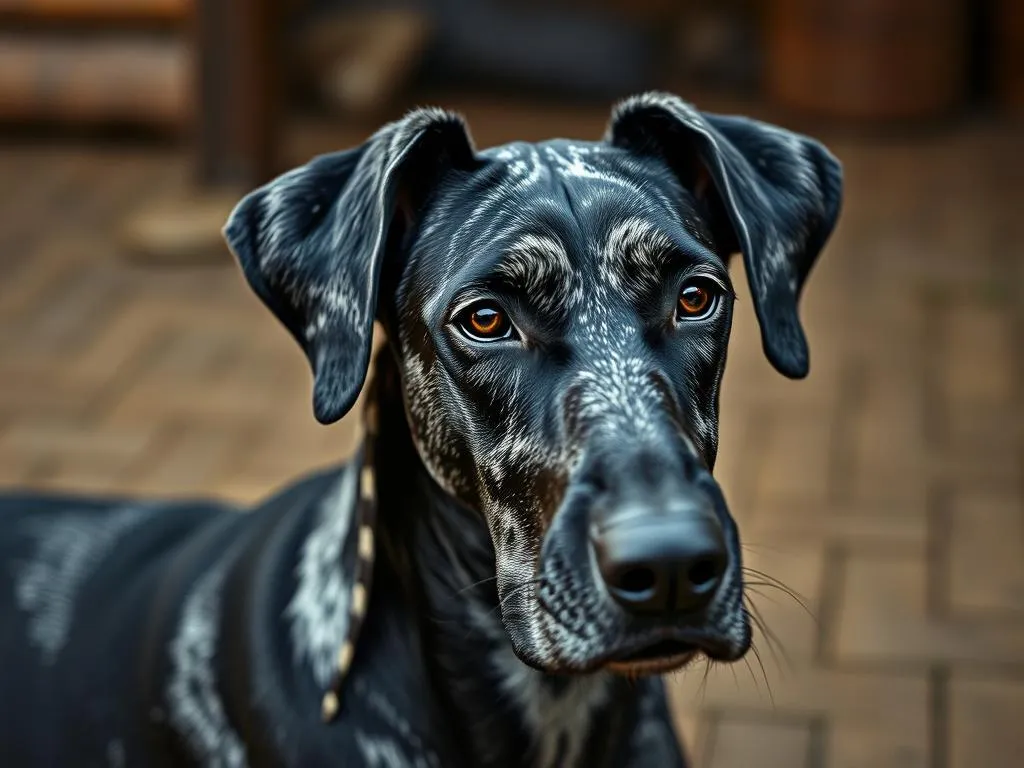
Introduction
Understanding dog breeds is crucial for anyone considering adding a furry friend to their family. Each breed comes with its own set of traits, needs, and characteristics that can significantly affect the owner’s lifestyle and the dog’s well-being. Among the fascinating dog breeds is the Irish Dane, a hybrid that combines the majestic Irish Wolfhound and the elegant Great Dane. This article delves deep into the world of the Irish Dane, exploring its history, physical characteristics, temperament, health considerations, and much more.
What is the Irish Dane?
Definition of the Irish Dane
The Irish Dane is a hybrid breed, resulting from the mix of the Irish Wolfhound and the Great Dane. This combination brings together the best traits of both parent breeds, creating a dog that is not only striking in appearance but also known for its gentle disposition.
History of the Breed
To appreciate the Irish Dane, it’s important to consider the rich history of its parent breeds. The Irish Wolfhound is one of the oldest dog breeds, originally bred for hunting wolves in Ireland. Known for their impressive size and strength, these dogs were prized companions of nobles. On the other hand, the Great Dane, often referred to as the “Apollo of dogs,” was developed in Germany as a guard dog and a hunting companion.
As designer breeds gained popularity in the late 20th century, the Irish Dane emerged, appealing to dog enthusiasts looking for a dog that embodies the size and grace of its parents while also possessing a friendly and approachable temperament.
Physical Characteristics
The Irish Dane is a large breed, often weighing between 100 to 180 pounds and standing 28 to 34 inches tall at the shoulder. They exhibit a variety of coat colors, including brindle, fawn, gray, and black. The coat is typically short and dense, requiring minimal grooming.
Distinctive features include a long, elegant neck, a broad muzzle, and large, droopy ears that give them a noble appearance. These dogs have a strong, athletic build, making them both impressive and agile.
Temperament and Behavior
General Temperament
The Irish Dane is known for its gentle and friendly nature. They are often described as affectionate, loyal, and great with families. Compared to their parent breeds, the Irish Dane tends to inherit the calm demeanor of the Great Dane and the protective instincts of the Irish Wolfhound, making them excellent companions.
Socialization Needs
Early socialization is crucial for the Irish Dane to ensure they grow into well-rounded adults. Exposure to different environments, people, and other animals helps them develop confidence and reduces the risk of behavioral issues. Positive reinforcement training methods are recommended, as they respond well to praise and rewards.
Interaction with Children and Other Pets
One of the standout traits of the Irish Dane is its compatibility with children. They are generally patient and protective, making them great family dogs. Additionally, with proper introductions, they can coexist peacefully with other pets, although their size may necessitate supervision during playtime.
Health Considerations
Common Health Issues
Like all breeds, the Irish Dane is susceptible to certain health issues. Potential concerns include hip dysplasia, bloat, and heart issues, inherited from their parent breeds. Regular veterinary check-ups and awareness of these common issues can help in early detection and management.
Regular Care and Maintenance
Routine veterinary visits are essential for maintaining the health of your Irish Dane. Vaccinations, flea and tick prevention, and regular health screenings should be part of their care regimen. It’s also important to monitor their diet and weight, as obesity can exacerbate health problems.
Lifespan Expectations
The average lifespan of an Irish Dane is around 8 to 12 years. Factors such as genetics, diet, exercise, and overall care can influence their longevity. Providing a healthy lifestyle can help ensure a longer, happier life for your furry companion.
Exercise and Nutrition
Exercise Requirements
Despite their large size, the Irish Dane is relatively low-energy compared to other breeds. However, they still require daily exercise to maintain a healthy weight and prevent boredom. A minimum of 30 to 60 minutes of activity, such as walks, playtime, or even a swim, is recommended to keep them physically stimulated.
Nutritional Needs
Feeding your Irish Dane a balanced diet is crucial for their health. High-quality dog food that lists meat as the first ingredient is ideal. Portion sizes should be adjusted based on their age, weight, and activity level. Consulting with a veterinarian for specific dietary recommendations can help ensure your dog receives all the necessary nutrients.
Grooming and Maintenance
Coat Care
The Irish Dane has a short coat that requires minimal grooming. A weekly brushing helps remove any loose hair and dirt, while bathing should be done as needed. Overbathing can strip their coat of natural oils, so it’s best to limit baths.
General Grooming Practices
In addition to coat care, regular grooming practices should include nail trimming, ear cleaning, and dental care. Keeping nails trimmed prevents discomfort while walking, and regular ear cleaning helps avoid infections. Dental care, such as brushing their teeth or providing dental chews, is also important for their overall health.
Seasonal Care Tips
During different seasons, the Irish Dane may require adjustments in their care. In winter, ensure they have a warm place to sleep, and consider using a coat for walks in extreme cold. In summer, provide plenty of fresh water and limit exercise during the hottest parts of the day to prevent overheating.
Choosing an Irish Dane
Finding a Reputable Breeder
When looking to bring an Irish Dane into your home, it’s vital to find a reputable breeder. Responsible breeders prioritize the health and well-being of their dogs, often providing health clearances and certifications for both parent breeds. Visiting the breeder’s facility and meeting the puppies’ parents can give you insight into the conditions they are raised in.
Adoption vs. Buying
Adopting an Irish Dane from a rescue organization can be a fulfilling option. While purchasing from a breeder ensures a specific lineage, adoption gives a loving home to a dog in need. Consider the pros and cons of both options, and research local shelters or breed-specific rescues.
Initial Cost and Long-Term Financial Commitment
The initial cost of an Irish Dane can vary significantly, with adoption fees ranging from $100 to $500 and purchase costs from $1,000 to $3,000. Beyond the initial investment, it’s important to budget for ongoing expenses such as food, veterinary care, grooming, and training. Understanding the long-term commitment is crucial to ensuring a happy life for your new companion.
Conclusion
The Irish Dane is not only a stunning breed but also a loving and loyal companion. Understanding the unique aspects of this hybrid, from its gentle temperament to its specific care needs, is vital for potential dog owners. Before making a decision, it’s essential to reflect on your lifestyle and how an Irish Dane would fit into it. With the right knowledge and preparation, you can provide a loving home to this majestic breed, ensuring they thrive and become a cherished member of your family.









